Not a tour, but with a few days off I took advantage and headed over to Lake Kerkini in Northern Greece for a few days, with a couple of things in mind – photographing pelicans and checking out some new sites ahead of our group tour there at the end of April. If this blog post inspires you to consider a visit, you would be very welcome to join us on one of our future tours there!
Unfortunately, the weather on this trip was not ideal. The first two days were dry, but it rained on day 3 and I woke on day 4 to deep snow and the village cut off, leading to not a little panic about how to get back home that evening! This snow was particularly unseasonal, due to the ‘Beast from the East’ which has affected much of Europe. Luckily, I had managed to get a lot achieved in the first two/three days and, after the snow plough came through, I abandoned plans for the fourth day and made a bid for the airport. After getting stuck twice in the snow and 120km in detours for closed roads, thankfully I made it safely.
Lake Kerkini was only created in 1932, through damming of the Strimonas river, both to provide irrigation for the Serres plain and to hold back water to prevent flooding downstream as snow in the mountains melts in spring. It quickly became one of the most important sites for wildlife in Greece.
Lake Kerkini is particularly well known for its pelicans. It had already established itself as the most important wintering site in Europe for Dalmatian Pelicans, before the provision of nesting platforms and islands allowed them to start breeding here from 2003. White Pelicans have now started to colonise too.
January and February are the best months to photograph the Dalmatian Pelicans. The birds are already in their breeding finery and they are more approachable at this time of year. Once they start breeding, they become much shyer and also are very vulnerable to disturbance.
My mission to photograph the pelicans was a great success. You can see some photos of Dalmatian Pelicans below, followed by a few of the other species I was able to catch up with on my brief visit.

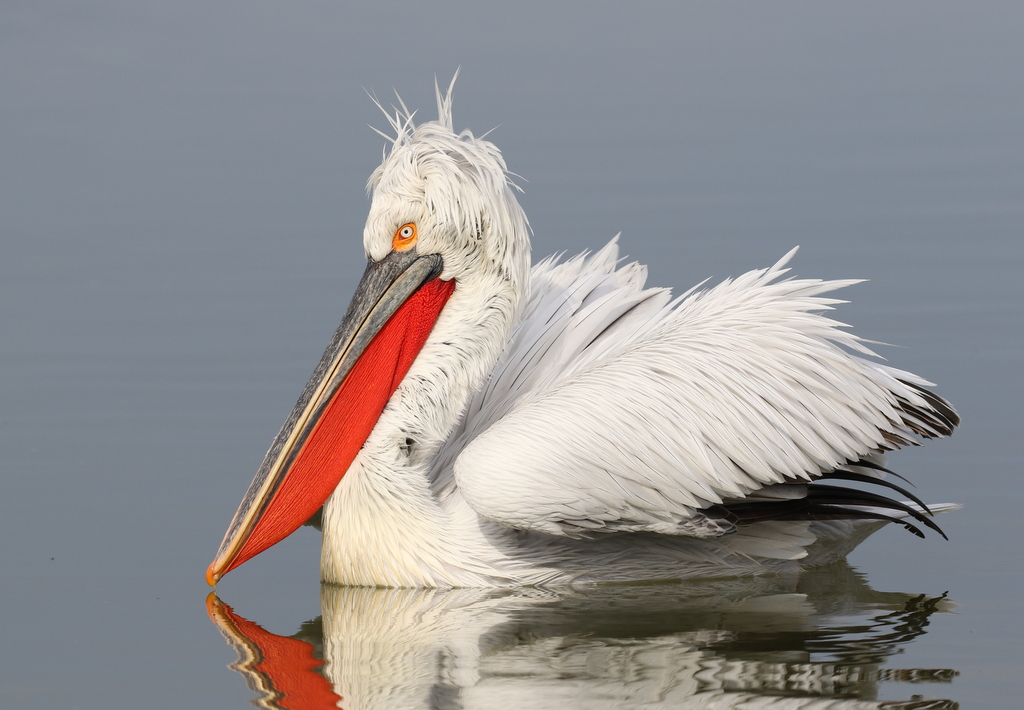

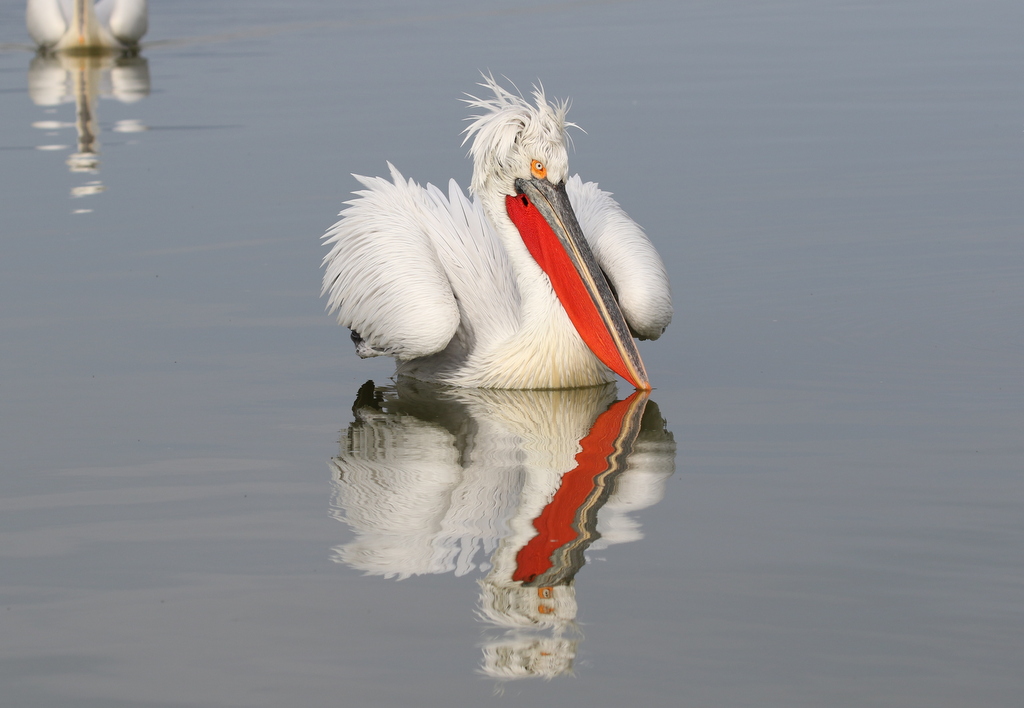

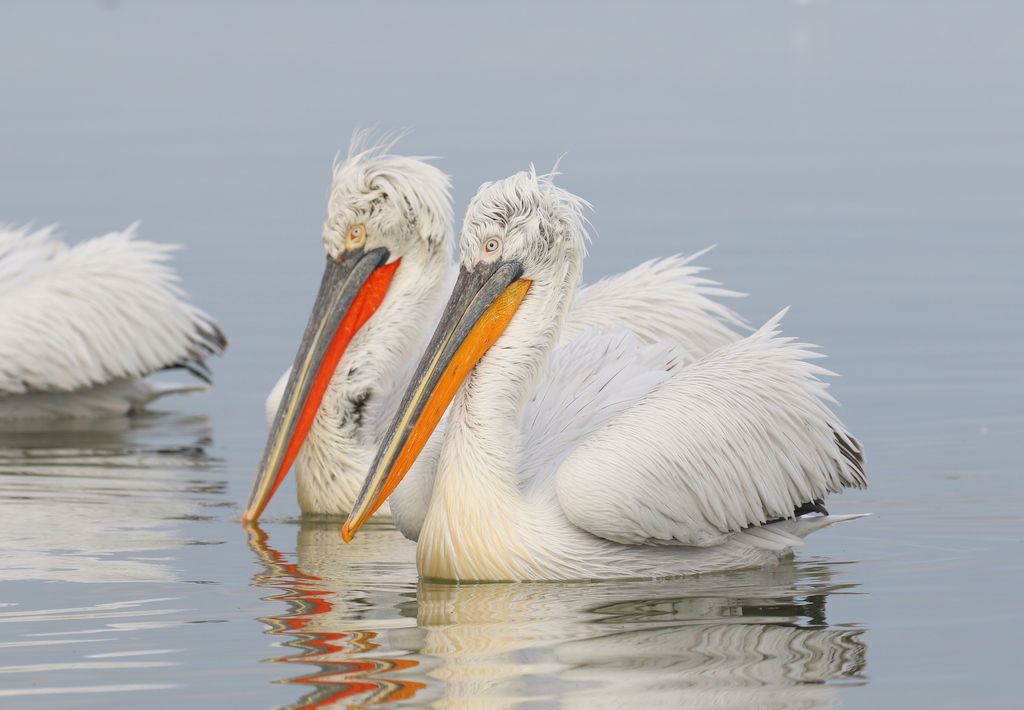
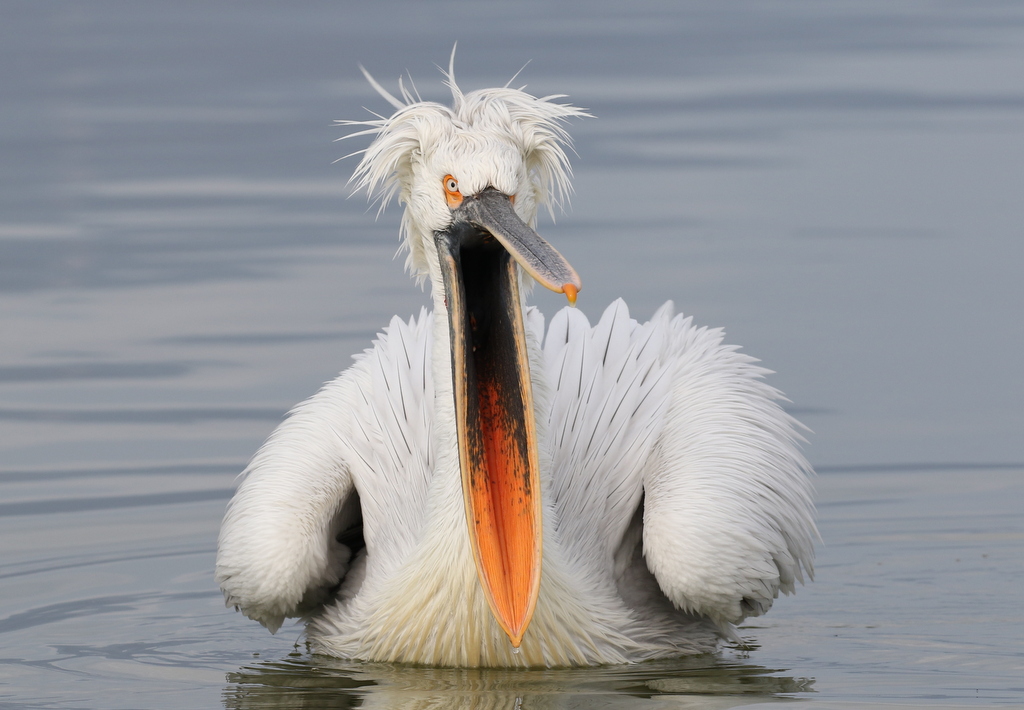
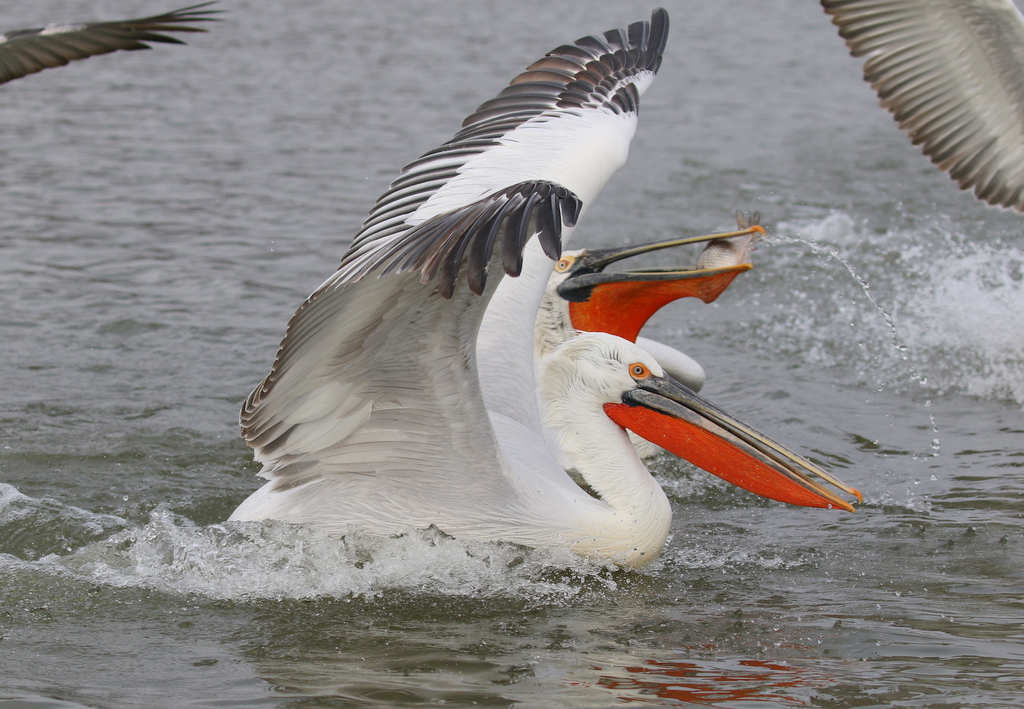
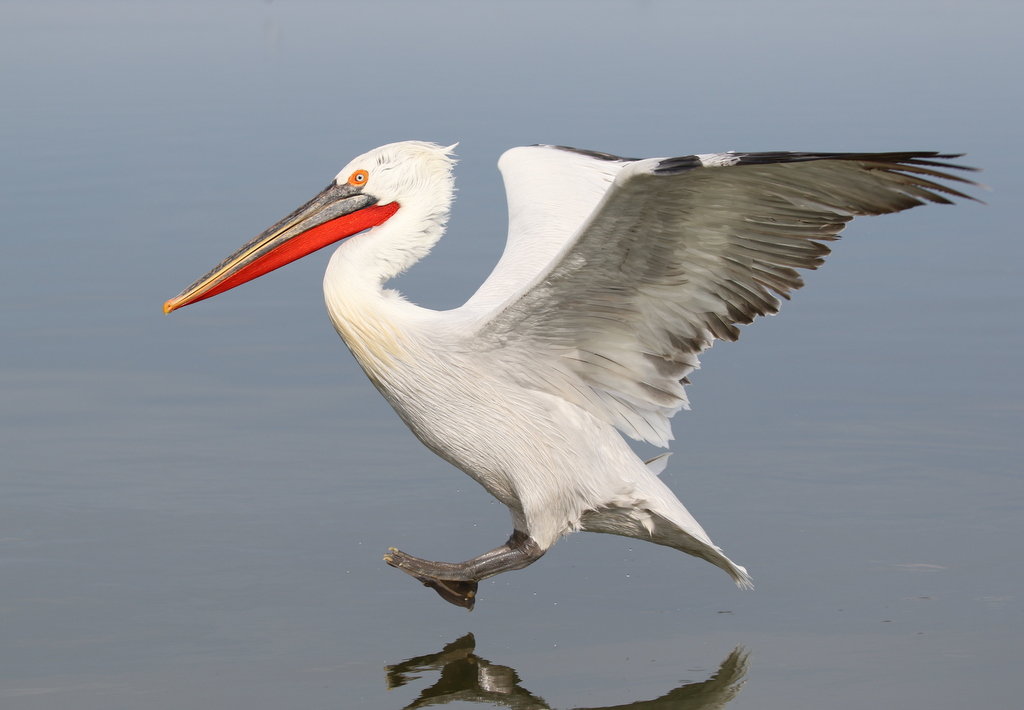


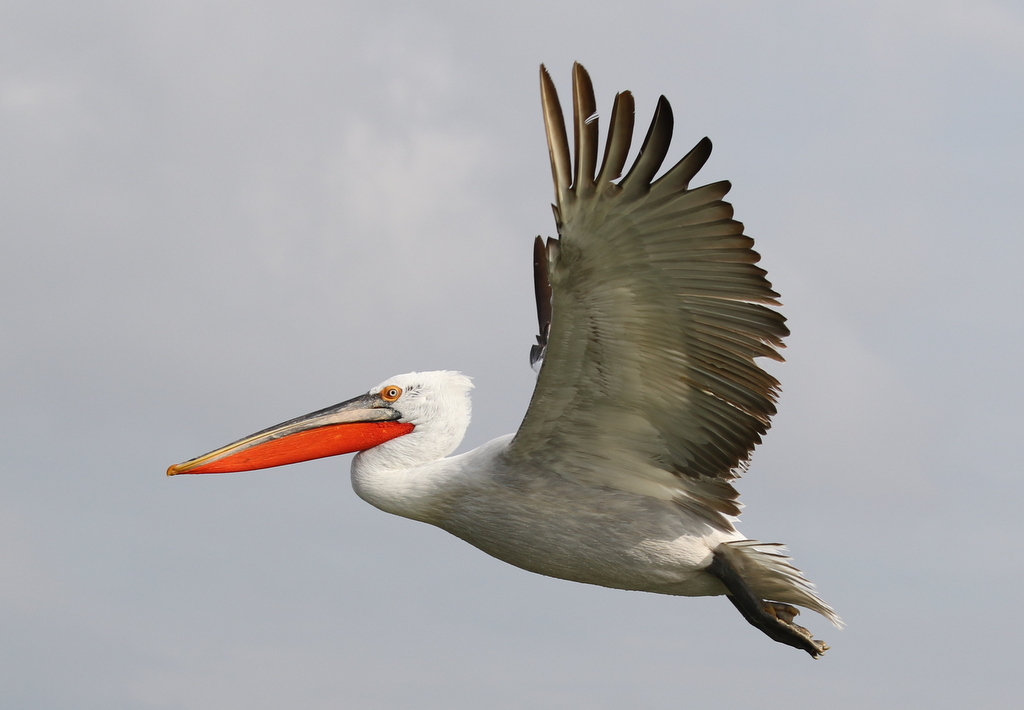


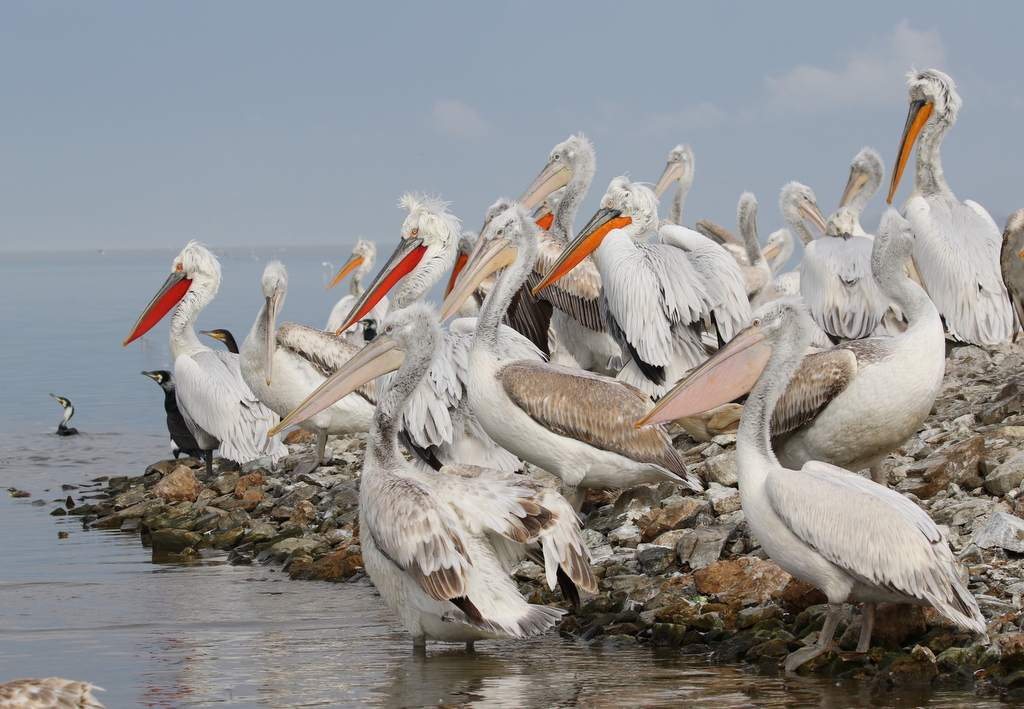
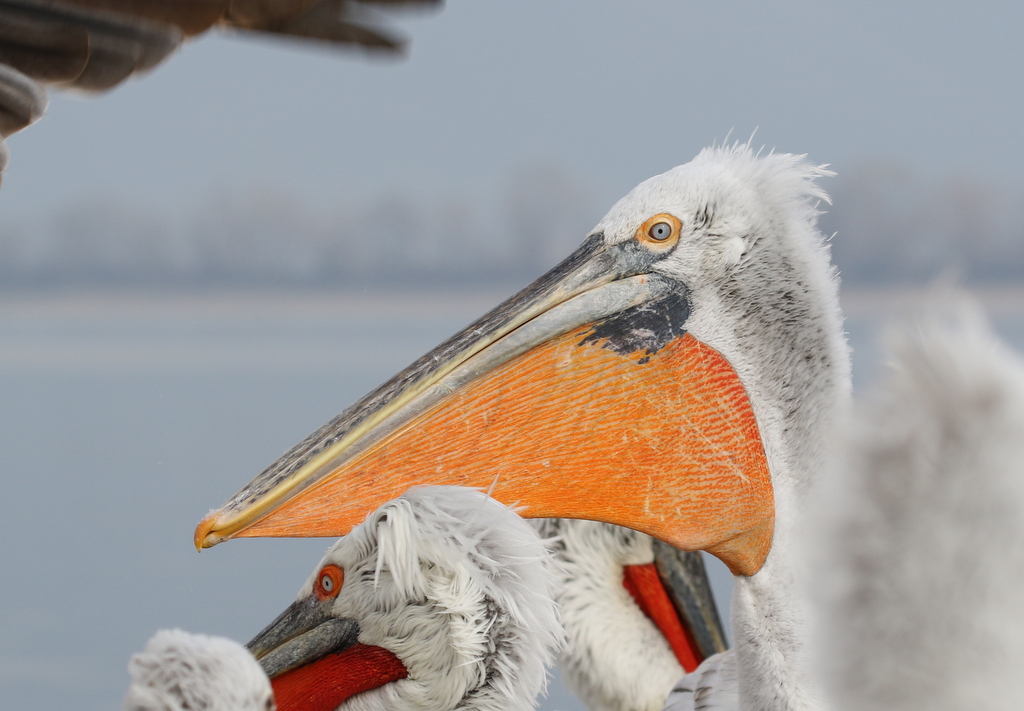


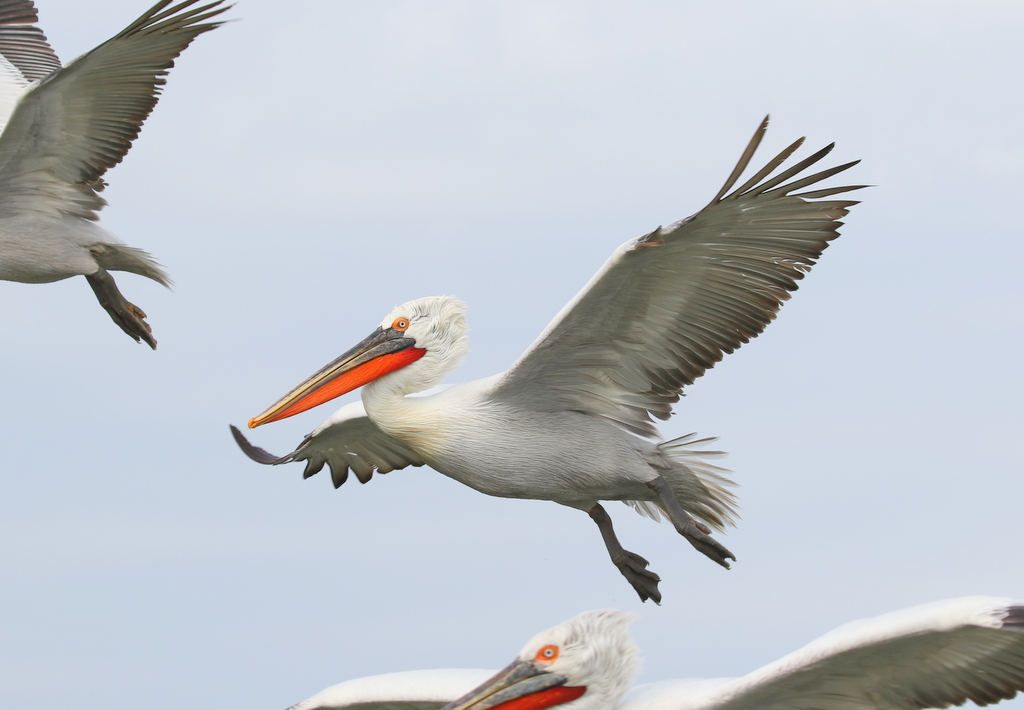
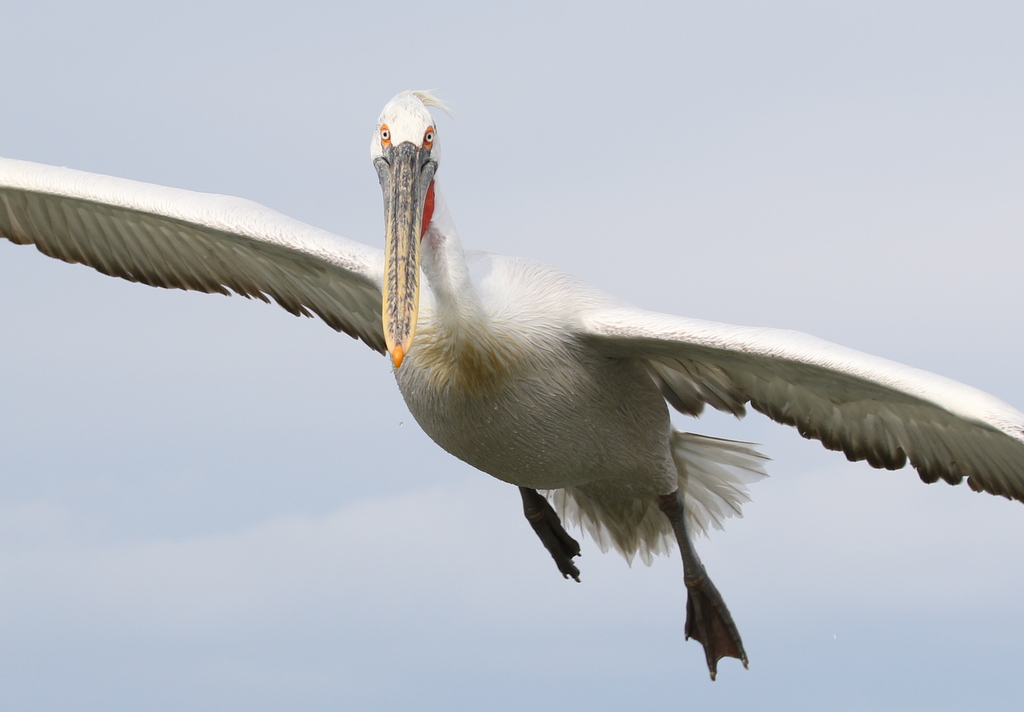
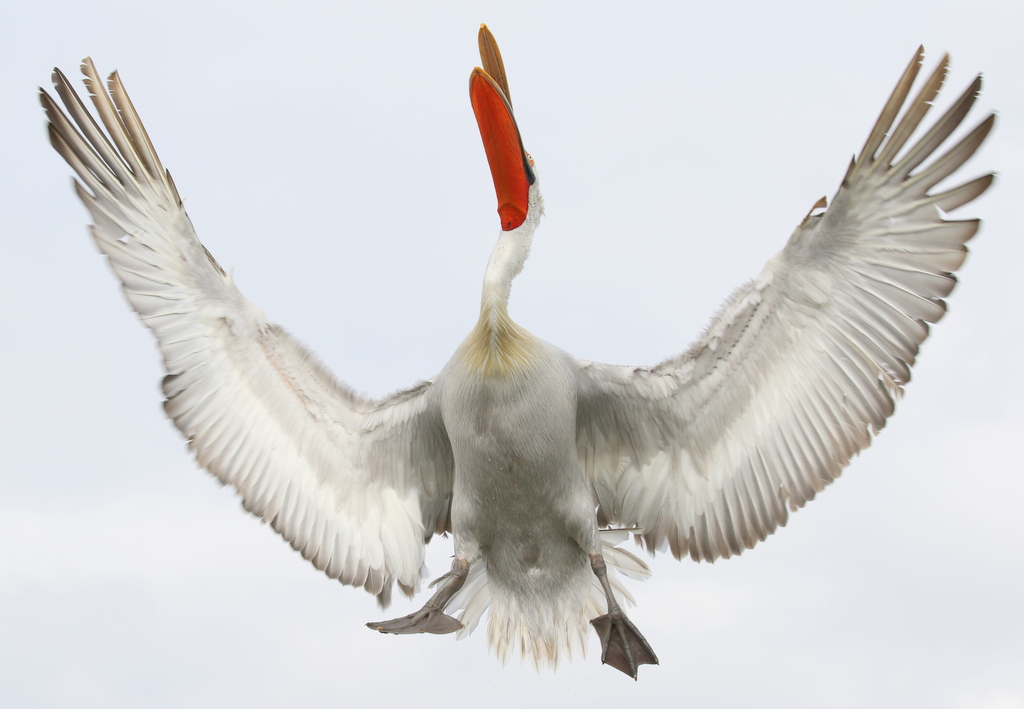
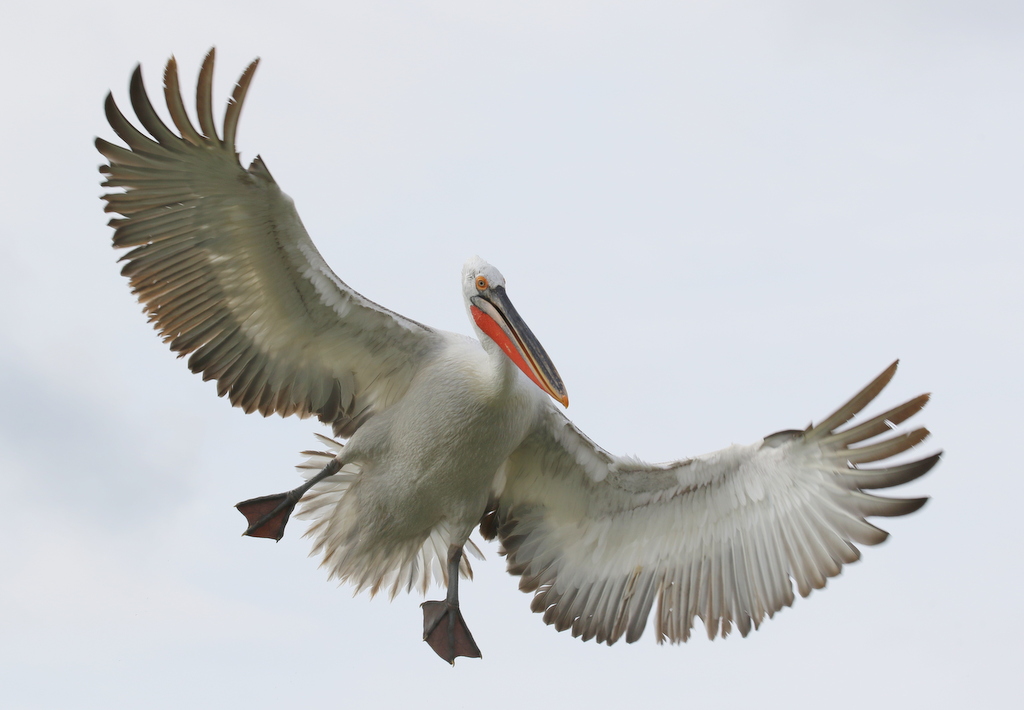
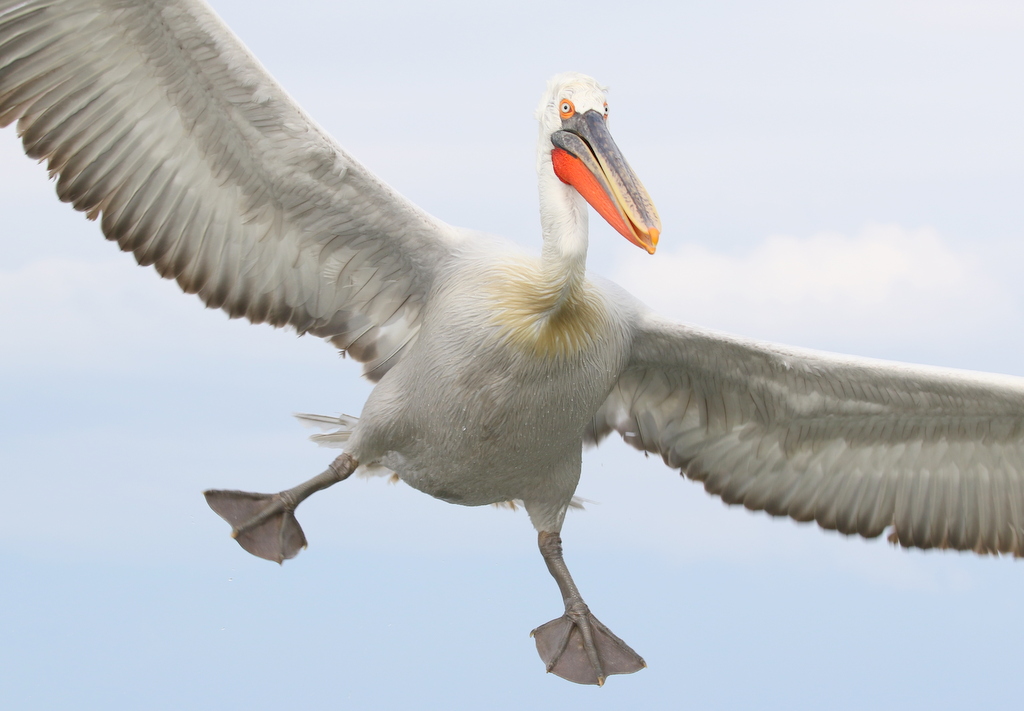
There were a few White Pelicans here too. Most of these head off to Africa for the winter, but a few juveniles linger and the first adults were already starting to return. The adults look stunning at this time of year – not white, but pink. Amazing birds!

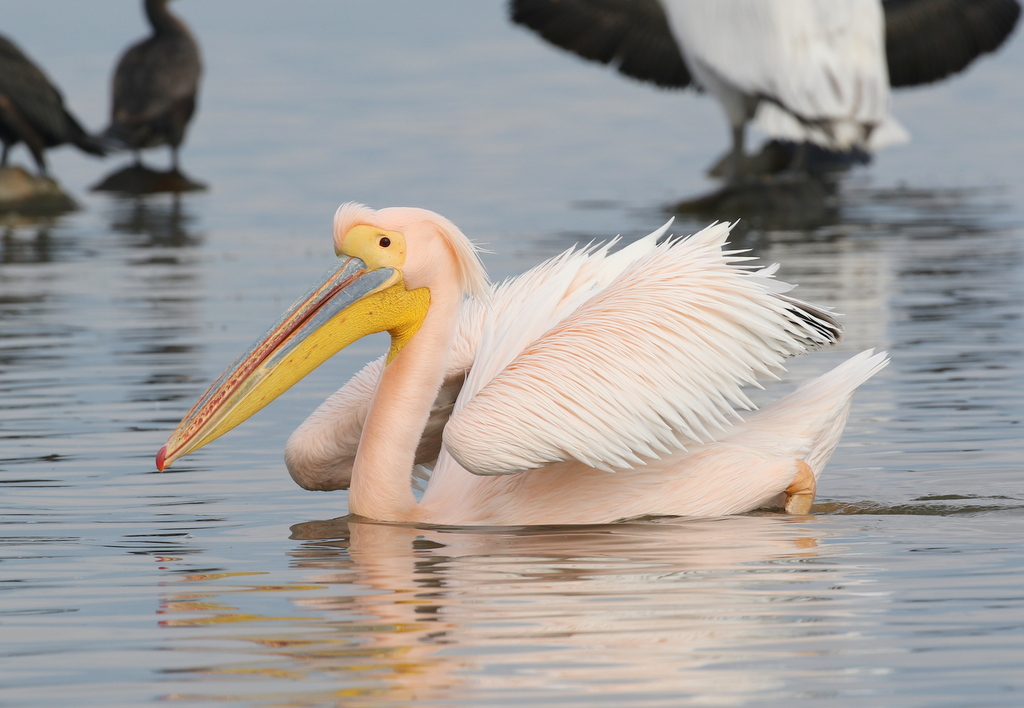
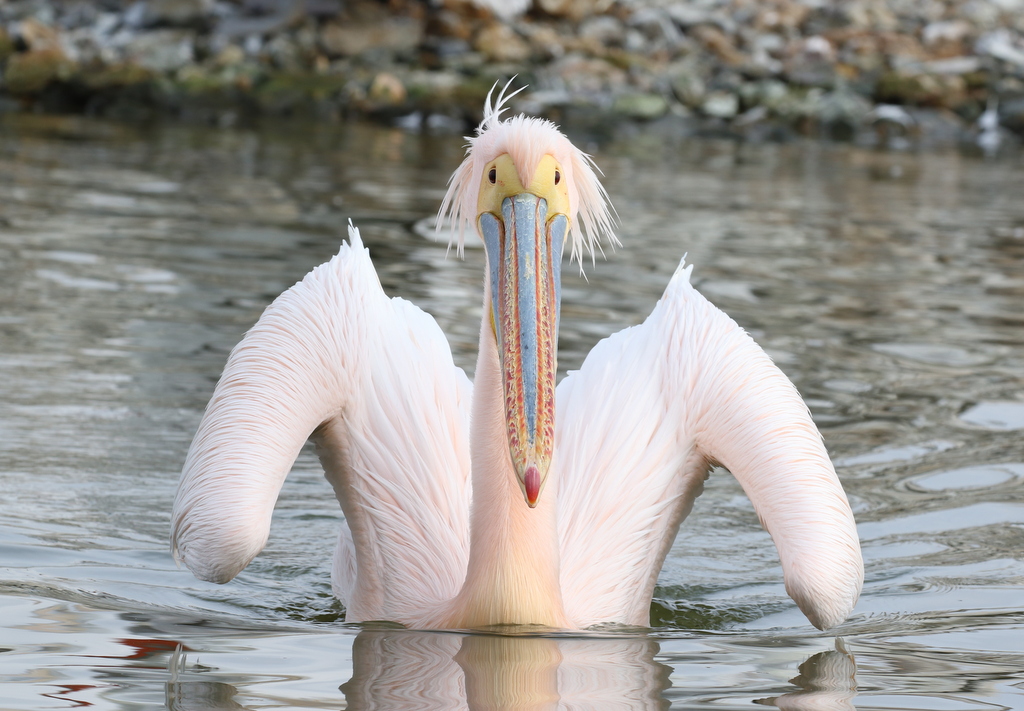
Lake Kerkini is also an internationally important site for other waterbirds. Pygmy Cormorants can be seen quite commonly around the edges of the lake, along with their larger cousins.
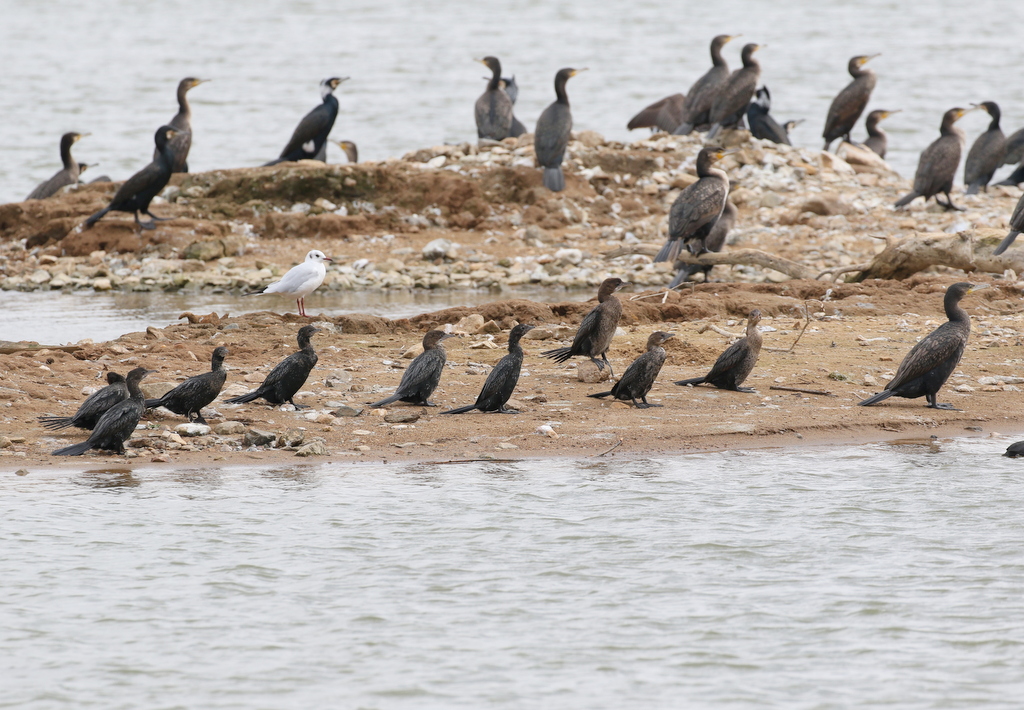

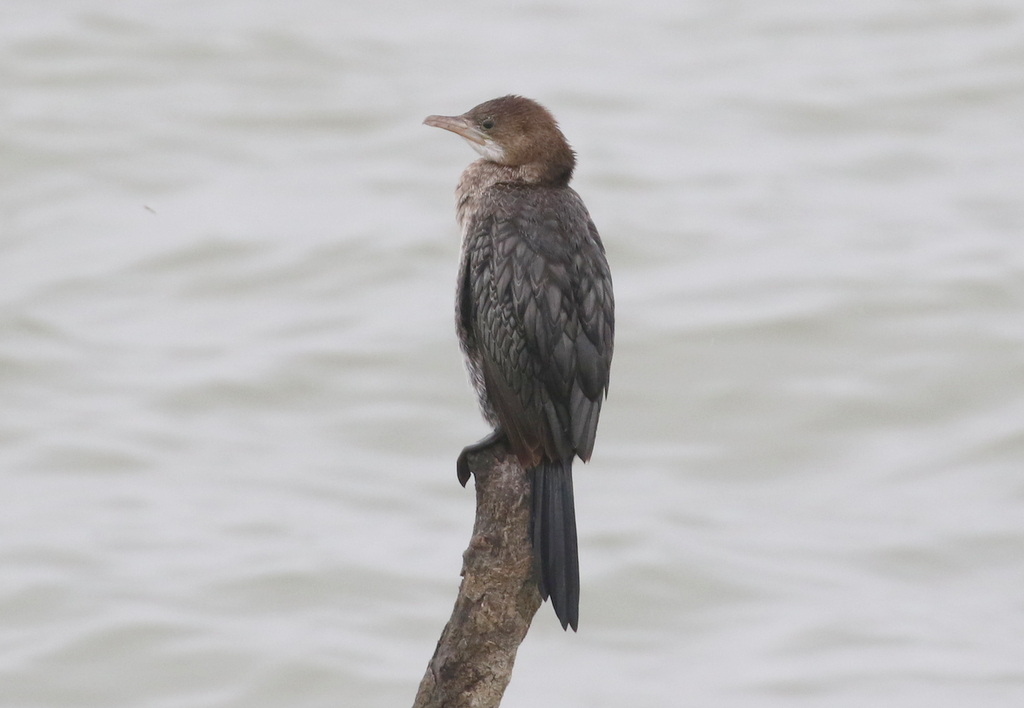
Lesser White-fronted Geese are globally threatened and the Scandinavian population has suffered particularly large declines due to over hunting and habitat change. From over 10,000 birds in 1900, only around 30 breeding pairs now remain. These birds winter in Greece, historically passing through Lake Kerkini in late autumn or early winter on their way to the Evros Delta.
In recent years, a number of the Lesser White-fronted Geese have stayed on, remaining around the lake all winter. I was fortunate to catch up with 18 of the 28 currently at Lake Kerkini on one afternoon. They were noticeably smaller than the commoner Russian White-fronted Geese which also winter here, with a distinctive faster feeding action.
The area around the lake is also very good for birds. Birds of prey are frequently encountered and one of the most distinctive in winter are the (Greater) Spotted Eagles. I saw 5-6 of these majestic birds daily when I visited the western shore of the lake. A single adult White-tailed Eagle was too distant for photographs.
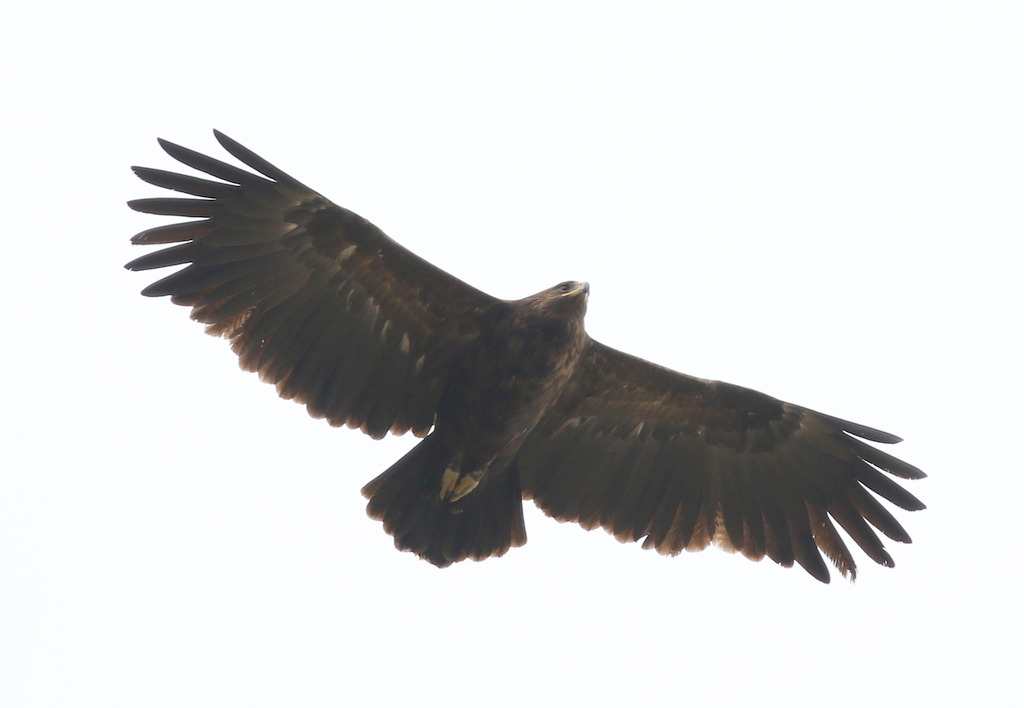
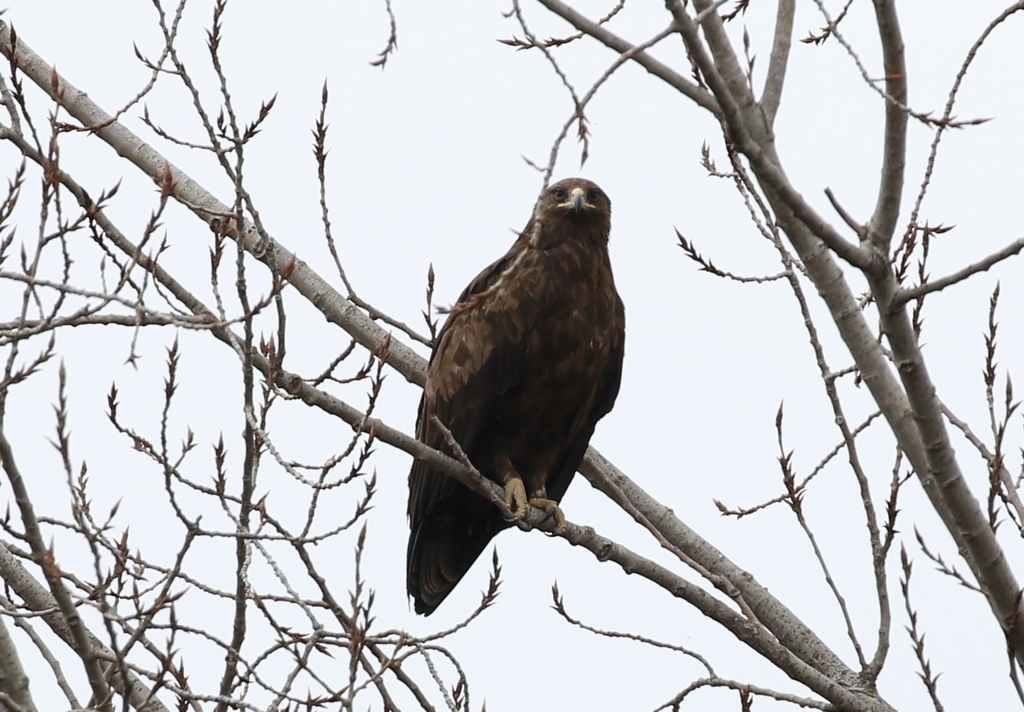
The surrounding area is also good for woodpeckers. I saw six different species even on my very brief visit, including Black Woodpecker, Syrian Woodpecker, Middle Spotted Woodpecker and Grey-headed Woodpecker.

The surprise of the trip was a stunning adult Pallas’s Gull which I found on the lake in the rain on my third day. Also known historically as Great Black-headed Gull, this is probably a better name for this distinctive species, being slightly larger than the accompany Caspian and Yellow-legged Gulls with a bold black hood in summer. Although increasing in regularity, it is still a rare bird in Greece with only just over 30 records.
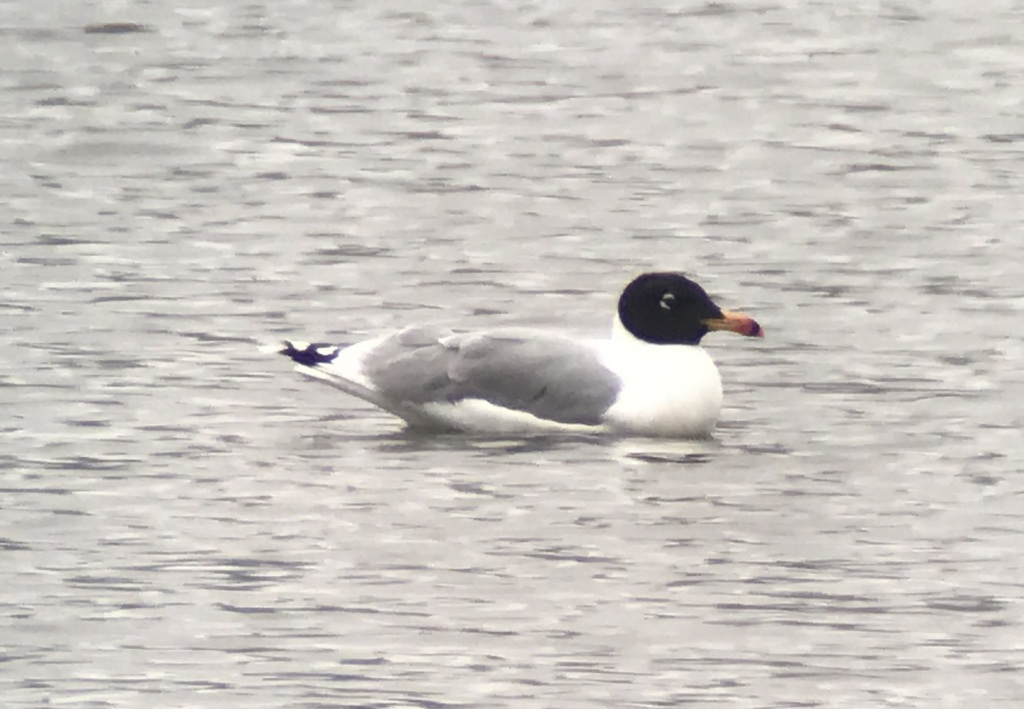
Great Grey Shrike is a rare winter visitor in northern Greece, but they can sometimes be found at Kerkini. One was frequenting the marshes along the eastern side of the lake while I was there. I was immediately struck by the amount of white in the wing and tail of this bird, noticeably more than in the birds we normally see in the UK in winter. The white in the base of the primaries was very extensive and, in flight, could be seen to extend across the bases of the secondaries.
The Great Grey Shrikes wintering here originate from further east than the birds which most commonly turn up in the UK. They are assumed to be of the race homeyeri or intergrades, rather than the nominate excubitor which we normally encounter. It was certainly an educational bird to spend time with.
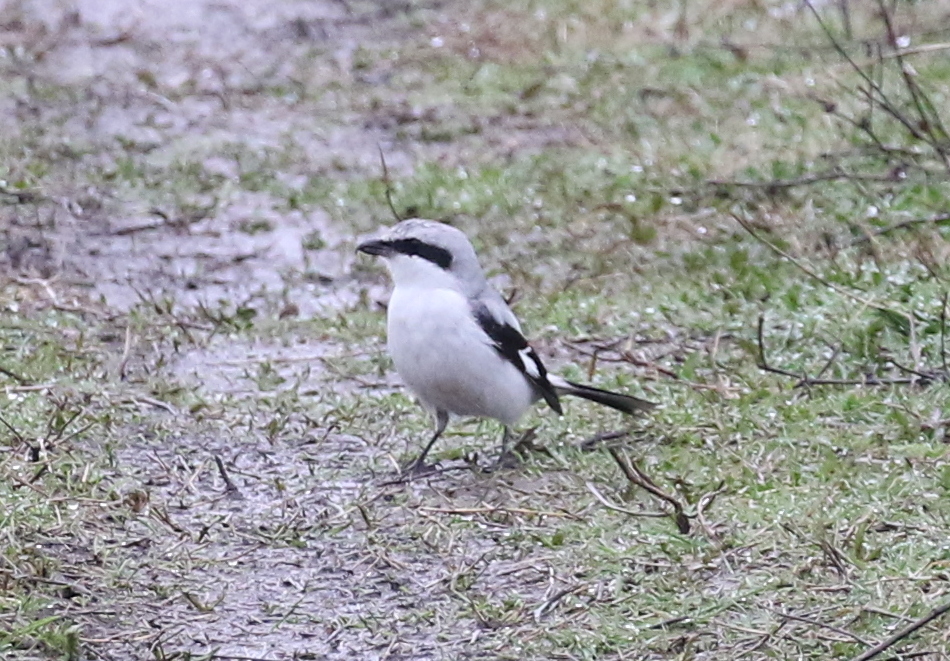
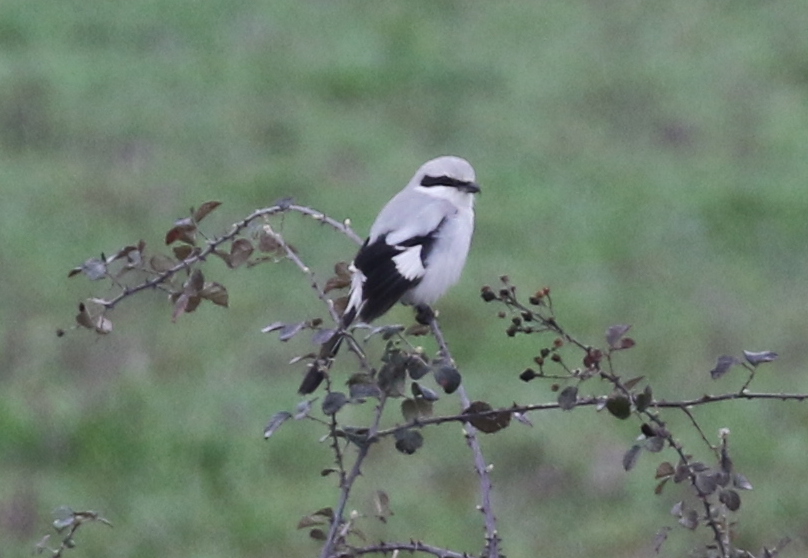

Particularly given the weather and the resulting loss of one day of my trip, I did not get as much of an opportunity to explore further afield as I had hoped on this occasion. I did visit some of the surrounding sites lower down, but was unable to get up into the mountains. Even so, I managed to see around 95 different species in 3 days, including some other eastern Mediterranean specialities like Western Rock Nuthatch and Sombre Tit.

Despite the weather on the last couple of days, it was a very enjoyable and successful short trip. I can heartily recommend it as a destination, either in winter or spring. If you would like to join us on one of our future trips, please do not hesitate to get in contact.
















